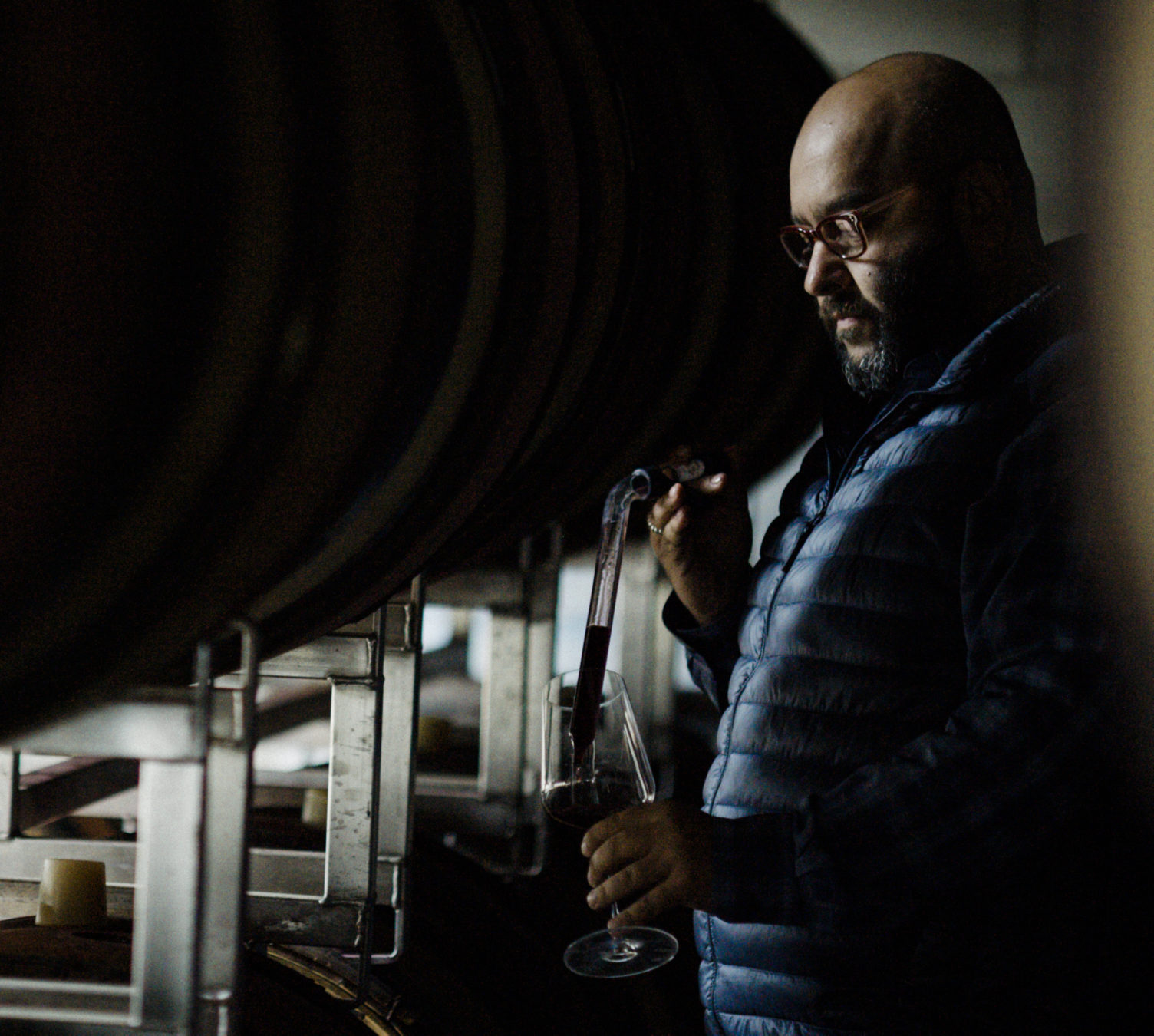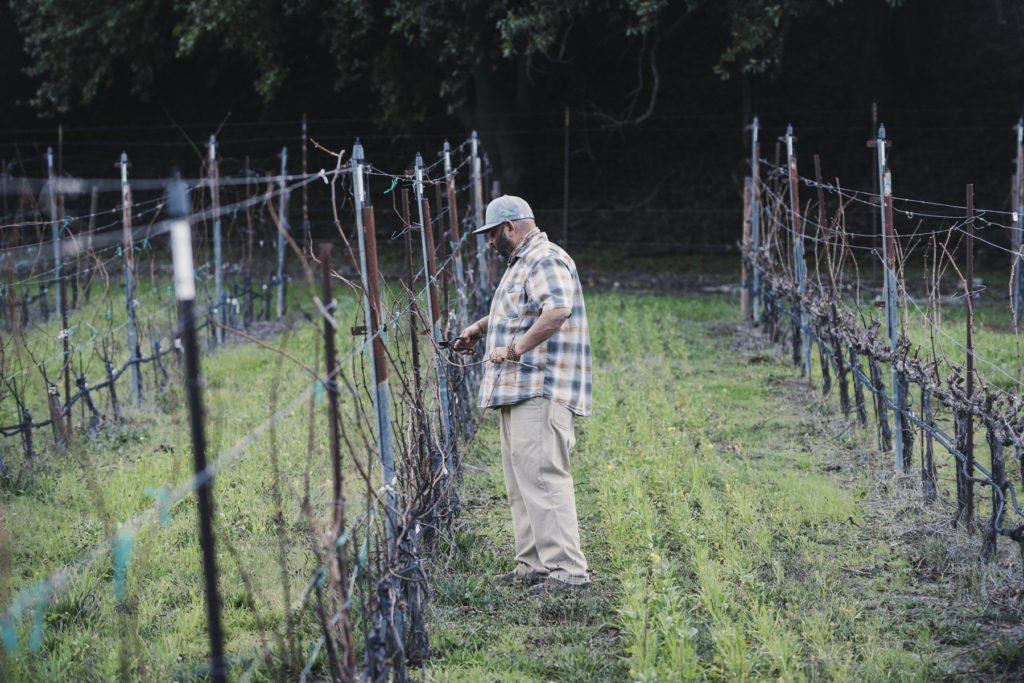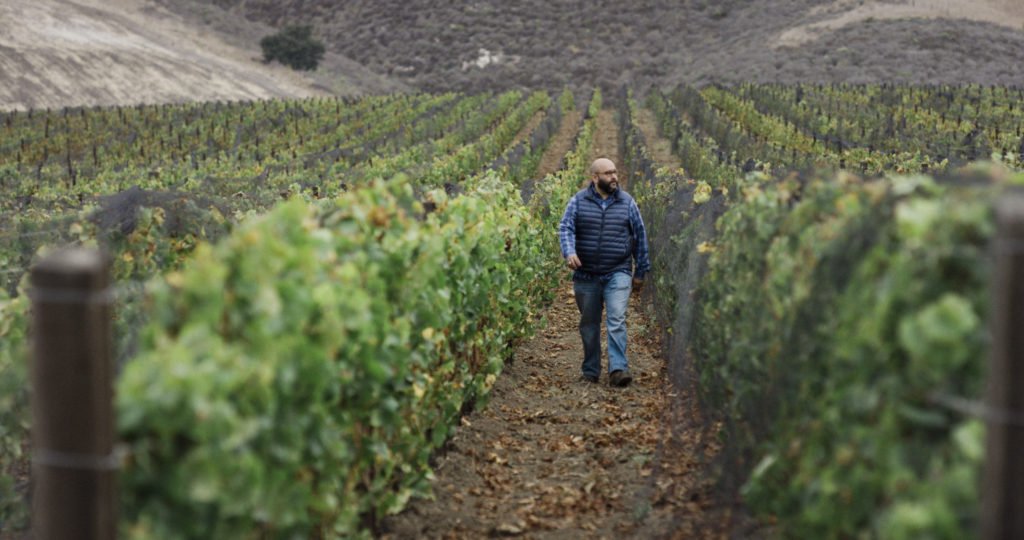
Famed Sommelier Turned Winemaker Lays Roots in Cambria
In the northernmost corner of San Luis Obispo County, the small salty-aired town of Cambria has a new resident who knows a thing or two about wine.
There’s a joke often told in wine circles that if you ask Rajat Parr if he’s had the ’89, the reply will be “1889 or 1989?” If you hear him speak about a wine or witness him blind-taste one, it’s tempting to assume he was born with a preternatural understanding of the beverage. The Calcutta native’s extensive résumé actually started with work as a food runner, then later a restaurant owner and sommelier. Now, he’s the owner-operator of Phelan Farms, a regenerative farm in Cambria.

But even legends have to start somewhere. In Rajat’s case, that was as a food runner at Rubicon in San Francisco, where he worked under and learned from Master Sommelier Larry Stone, then Rubicon’s wine director.
“I worked for free for Larry for many hours before he finally made me his assistant,” Rajat says. At Rubicon, a chance tasting of 1986 Raveneau Les Clos sent him down the rabbit hole of Burgundy obsession.

After Rubicon, Rajat opened San Francisco’s Fifth Floor, for which he’d built the wine program before being named the wine director for the Mina Group and overseeing its eventual 25 outposts throughout the world.
Now, after helming four Wine Spectator Grand Award wine lists, co-authoring the acclaimed book Secrets of the Sommeliers (Ten Speed Press) and partnering in three of the country’s most exciting wineries, Rajat has attained a level of influence and respect enjoyed by few wine professionals. He’s won three James Beard Awards, including recognition as an author and as an outstanding service professional in the drinks space, among other accolades. Yet you could just as easily measure Rajat’s success by the number of sommeliers whose careers he helped launch and who would become some of the industry’s most prominent voices.
Aspiring young sommeliers are naturally drawn to Rajat. Beyond his legendary blind-tasting skill, Rajat’s network is so wide reaching that working with him is a surefire way to secure introductions to some of the world’s most talented (and least accessible) winemakers. Over the years, he has cultivated an almost exhaustive knowledge of the wines of France, such that anyone wanting to master his or her vintages could benefit from his tutelage.
“He was basically an encyclopedia,” Tony Cha, who worked for Rajat at Michael Mina and is now Director of Sales and Marketing for Tyler Winery, says. “He went through the epic vintages of the [20th] century and then got specific on what every year was like for the last 20 years, just off the top of his head. It was amazing.”
Many of the sommeliers Rajat took under his wing were young. He viewed teaching the next generation of sommeliers as his responsibility. “I learned under someone who’s great,” he says, “and I knew I needed to pay it forward.”
Then he put them to work.
“I was super hard on them,” says Rajat. “They’d work probably 70 or 80 hours a week.” Yet they all light up when they talk about their days manning the cellar under Rajat and consider him an extraordinary mentor.

“People brought their craziest bottles for us to taste because of Raj,” Sommelier and Restaurateur Mark Bright, who was 22 when he was trained by Rajat, recalls. “It was like Disneyland for wine.”
Ask any of his protégés the greatest lessons they learned from Rajat, and you’ll inevitably hear: humility, generosity and trust. “He didn’t hoard his knowledge or lord it over people,” says Emily Wines, master sommelier who first joined Rajat as a cocktail server at the Fifth Floor in 2000. “He was just eager to embrace anyone who wanted to learn.”
Rajat’s impact on the wine world doesn’t end on the restaurant floor. His influence shaped the techniques of some world-renowned Santa Barbara County vintners, like Stolpman Vineyards and Kunin Wines.
Then, there’s In Pursuit of Balance, the famous tasting celebration-turned-ripeness level manifesto led by Rajat and Jasmine Hirsch of Sonoma’s Hirsch Vineyards. What began in 2011 as a way to draw attention to the often-overlooked wines they considered “balanced” became a somewhat controversial affair that ended in 2016.
Since the days of IPOB, California has seen a production shift away from the ultra-ripe, high-octane wines the state had become known for. The number of producers dedicated to freshness and terroir transparency has grown tenfold in just a few short years. Even more commercial wineries are scaling back sugar ripeness and dialing down the new oak. But Rajat would never admit that IPOB influenced any of that.
These days, Rajat can be found in the barrel rooms in Lompoc, California and Salem, Oregon, where he works on the pinot noirs and chardonnays he has produced, or in various cities around the country, hosting lunches and dinners for these brands.
When Rajat is asked his best advice for those just starting out in the industry, it’s to travel, meet the winemakers and taste classic wines. “If you don’t know what classic wine tastes like,” he says, “you’ll never know anything else. And always remember it’s a service. Hospitality comes first.”
This is an abbreviated version of an article entitled “Six Degrees of Rajat Parr,” written by Carson Demmond for SevenFifty Daily. To read the complete article visit daily.sevenfifty.com/six-degrees-of-rajat-parr.

